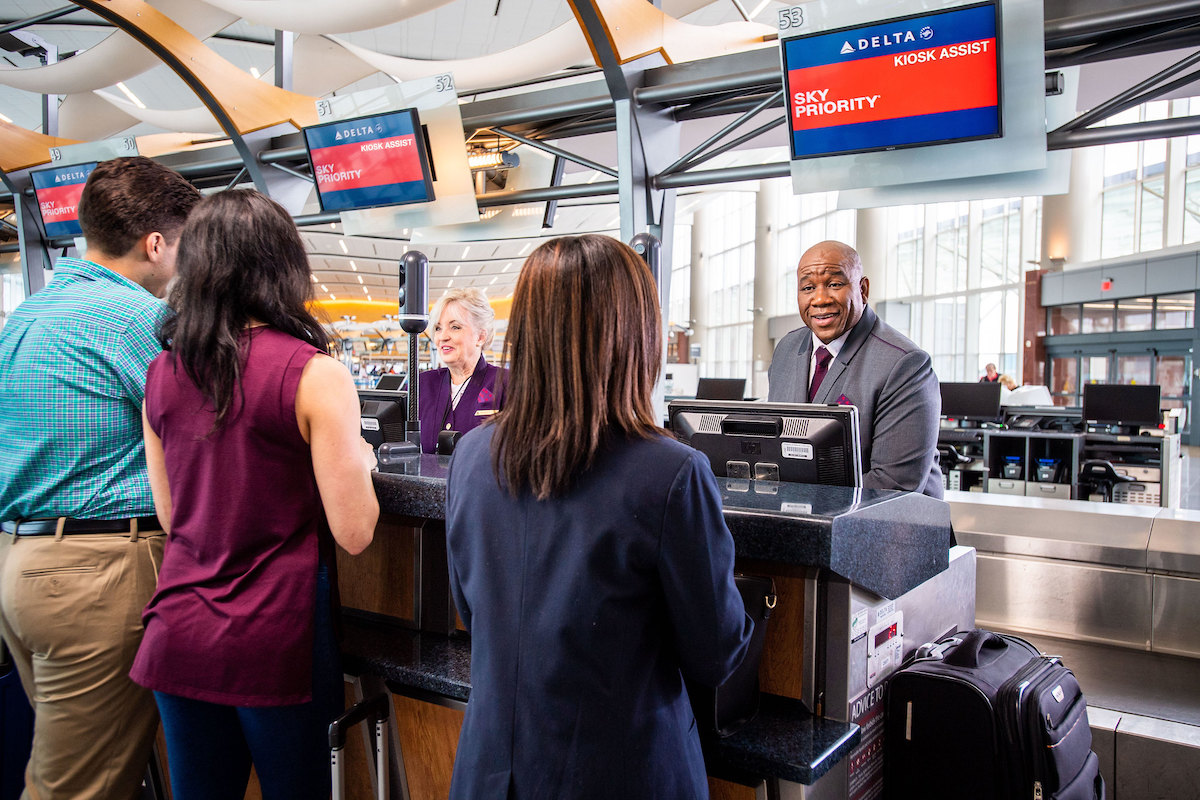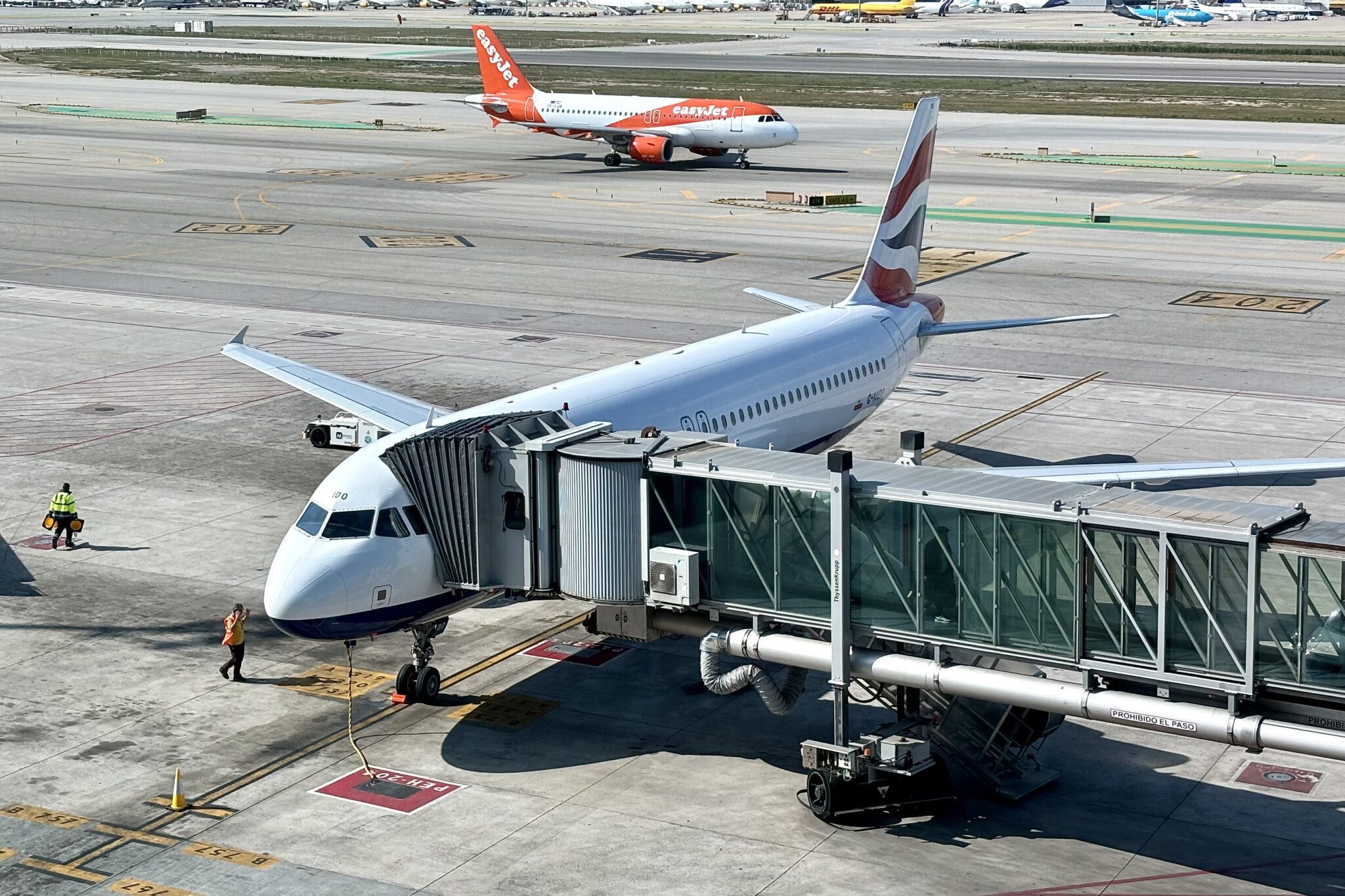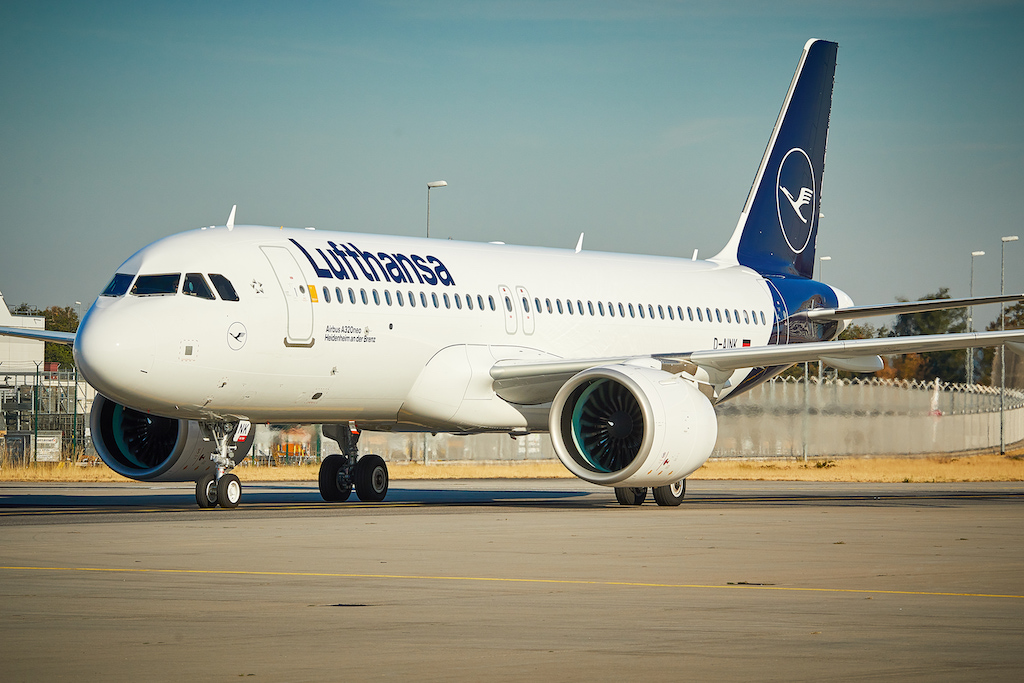Delta Air Lines expects profits to nearly double next year as its outlook continues to improve. People want to and are traveling, corporate business is picking up, and cost growth is slowing all of which give Delta the confidence that it can deliver on its strong financial forecast.
That buoyant outlook is multifaceted. Part of it, as CEO Ed Bastian said during an investor event Wednesday, is because travel spending as a percentage of the U.S. economy remains about $30 billion below historic norms. People, particularly higher earners, want and have the means to travel, and they are doing so regardless of the economic situation. Another aspect are blended trips, or combined business and leisure travel. Fascinatingly, Bastian said corporate travel stands at about 80 percent of 2019 levels but the same people who made up those last 20 points are still traveling just in “new ways.”
But a big part of Delta’s outlook is the return of road warriors. This is particularly true of those in the consulting and financial services sectors, President Glen Hauenstein said Wednesday. Delta expects a “healthy step up” in travel from these segments beginning in the first quarter.
“They essentially were not traveling in ’22, and they’re looking forward to traveling in ’23,” Hauenstein said. He described the two market segments, which are big in places like New York where the airline has a hub, as some of Delta’s “biggest users.”
Delta’s strengths come a day after both Alaska Airlines and JetBlue Airways reported some weakening in travel demand. Seattle-based Alaska, which has a heavy reliance on the tech sector along the West Coast, said Tuesday that it was seeing a “modest softening in corporate travel bookings.” The commentary follows layoffs and other belt tightening and many big tech firms, including Amazon, Meta, and Twitter.
And New York-based JetBlue said Tuesday that close-in demand in December — historically an indirect measure of business demand — had “materialized below expectations.” JetBlue did not provide guidance for the new year; however, the airline has fewer contracts than Delta with the big consulting and financial services firms.
To be clear, neither Alaska nor JetBlue said travel demand was slowing meaningfully. Both continue to forecast strong results in the December quarter. Alaska forecasts a 13-14 percent increase in revenues compared to 2019, or the mid-point of its October outlook. And JetBlue a 15-19 percent increase in revenues per available seat mile, or RASM, which is the low end of its October guidance.
Delta said Wednesday that fourth-quarter revenues will be up 7-8 percent compared to 2019 with an operating margin of roughly 11 percent. Both metrics are at the upper end of the guidance provided in October. Delta’s capacity forecast remains unchanged at down 8-9 percent year-over-three years.
And the outlook remains strong into the new year. Delta’s first financial guidance for 2023 anticipates earnings per share of $5-6, which is nearly double the $3.07-3.12 forecast for this year, and an operating margin of 10-12 percent. Revenues are forecast to increase 15-20 percent year-over-year. At the same time, the carrier has an “aspirational” goal, as Bastian put it, to fully restore its 2019 capacity — measured in available seat miles — by summer. It aims to fly roughly 1 percent more capacity compared to pre-pandemic for the full year. Unit costs excluding fuel, a big challenge for airlines this year, are expected to drop 5-7 percent year-over-year in 2023 but remain up at least 10 percent compared to 2019.
Of course to do all this Delta must execute on its plans. The airline stumbled — badly — in the spring when delays and cancellations spiked. Bastian acknowledged this, calling 2022 a “hard year,” and maybe the hardest in his 25-year airline career. However, if any airline can execute it is Delta; prior to the pandemic it was the operational and financial leader among the Big Three U.S. carriers.
The new year will also mark some big milestones for Delta. The airline plans to restore its core Atlanta, Detroit, and Minneapolis-St. Paul hubs to pre-pandemic capacity levels. According to executives, these hubs generate higher yields than its coastal hubs — Boston, Los Angeles, New York, and Seattle — where Delta focused its capacity recovery in 2022, thus next year’s capacity deployment is expected to generate outsized revenue growth. The airline’s core Salt Lake City hub has already recovered to pre-pandemic levels owing to the strength of leisure travel to outdoor-oriented destinations during the crisis.
“The core engine, the engine that feeds the profits of Delta, were the least restored,” Hauenstein said of Delta’s capacity recovery in 2022. One area he, nor any other executive, did not mention were the airline’s focus cities: Austin, Cincinnati, and Raleigh-Durham. However, in recent internal comments, Hauenstein has said that Delta remains committed to these markets but that schedules there would likely recover only after those in the carrier’s core hubs.
Delta is also looking forward to the international travel recovery accelerating in the new year. Asia is the largest market that is expected to rebound significantly. Hauenstein also highlighted South America where Delta plans to implement a new immunized joint venture with Latam Airlines in 2023.
Another large change coming to Delta in the new year is the retirement of the carrier’s last 50-seat regional jets by summer. Mostly disliked by travelers, these inefficient planes have allowed Delta — and other airlines — to serve many smaller cities that do not have the travel demand to support larger aircraft. The move is also historical: Defunct Delta regional affiliate Comair was the first U.S. airline to fly the type, beginning with the Bombardier CRJ100, in the early 1990s.
The small jets are being replaced by additional mainline aircraft, which Delta plans to fly more of by the end of this year than it did before the pandemic. Its narrowbody orderbook includes 50 Airbus A220-300s, 147 Airbus A321neos, and 100 Boeing 737-10s. Delta will also introduce 33 used 737-900ERs by next summer to help backfill the lost regional capacity. These larger planes cost less to operate on a per seat basis, and create additional revenue opportunities for Delta, for example selling upgrades to a nicer seat or meal services.
Other highlights from Delta include hitting its target of $7 billion in annual revenue from its partnership with American Express in 2024. The continued growth of its SkyMiles loyalty program that has attracted 1.1 million new members this year. And the continued strength of premium leisure travel.





